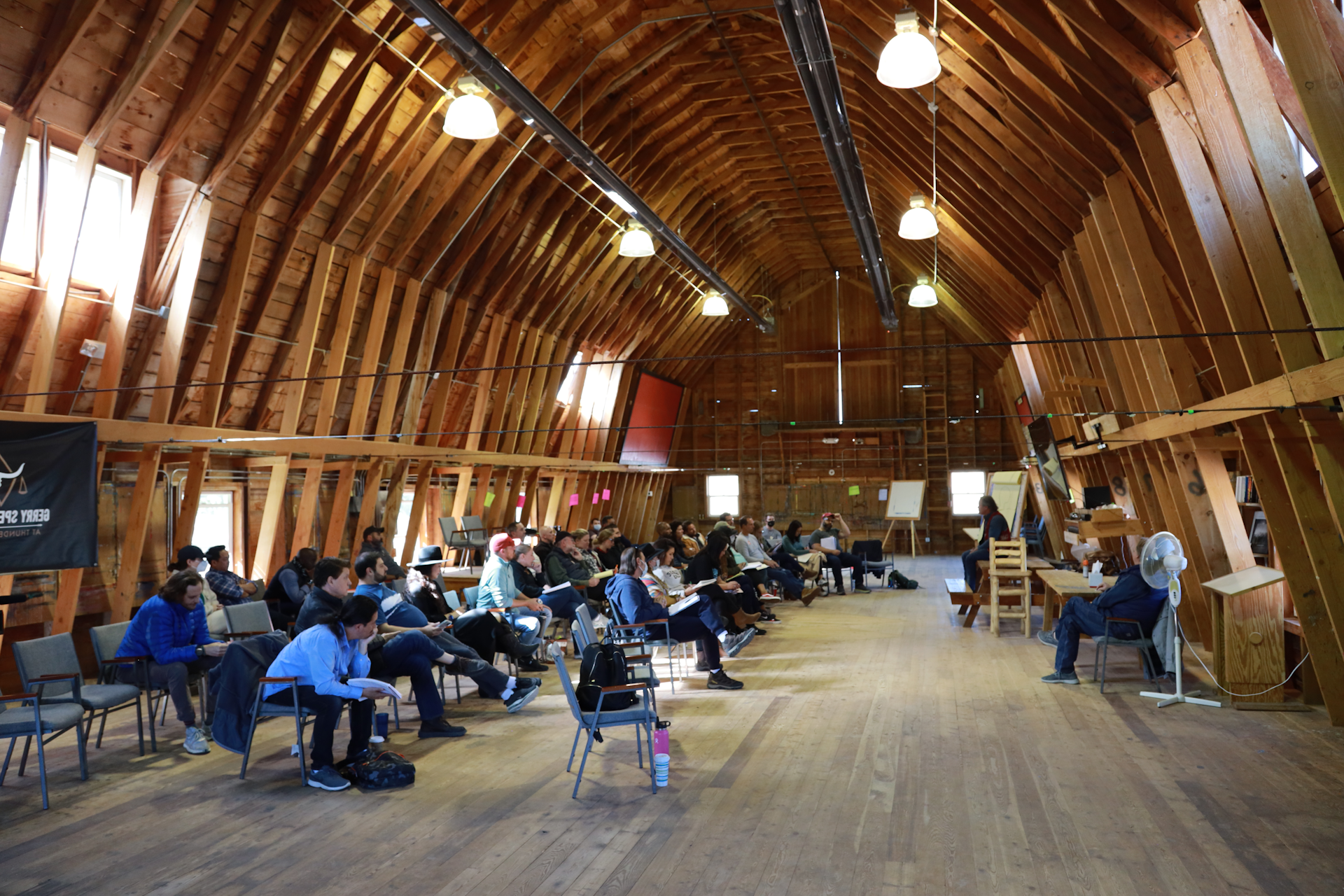Unleashing the Power of the Gerry Spence Method
Discover the groundbreaking Spence Method, a comprehensive trial strategy crafted by legendary attorney Gerry Spence. Delve into the power of personal exploration, psychodrama, and storytelling, and learn to connect with the jury on an emotional level.
Unlock the full potential of your case by mastering each aspect of the trial process, from voir dire and opening statements to direct examination, cross-examination, and closing arguments. Empower yourself with the Spence Method and redefine your approach to the courtroom.

The Spence Method is the culmination of legendary trial attorney Gerry Spence's life's work. Through his creative exploration, courage, and unwavering dedication, he documented the method behind his trial process. The Spence Method is rooted in action and creativity and begins with you. To understand and connect with the jury, you must first connect with yourself.
To tell your client's story, you need to comprehend your own story and its universal truth. The Spence Method promotes personal exploration through the use of psychodrama, referred to as "working on the horse." Essential directing skills in psychodrama, such as role reversal, doubling, chair back, soliloquy, empty chair, and magic mirror, equip trial lawyers to bring their cases to life.
"Scene setting" is the most effective way to achieve this. Gerry Spence pioneered the use of psychodrama directing skills to present a more profound story that resonates emotionally with the jury. He believes in the unique power that each person possesses.
A compelling story is based on a theme that embodies the main point of your case. This theme serves as the starting point and anchor for your story. The Spence Method helps you identify a theme that summarizes the story and represents the ultimate point you wish to convey to the jury.
Before presenting a story of emotional truth, you need to select a jury receptive to your case. The Spence Method's "Voir Dire" centers around building a tribe, demonstrating authenticity, being present in the moment, revealing a part of yourself and your true identity, genuinely listening, and sharing the "danger point" of your case.
Once a jury is chosen, you move on to the Opening Statement. Gerry Spence believes that after using the Method to build a tribe during jury selection and delivering your Opening Statement, the jury has already decided the case. The Spence Method's Opening Statement requires practice, and before presenting your story to the jury, you must first visualize the scenes you will introduce.
Identify the villain, the trust relationship, and the betrayal of trust. Determine the weakness of the case and how to confront it. What do you want from the jury? With the Spence Method, the possibilities for narrating your story are extensive. You learn to create engaging scenes in the Opening Statement that diverge from the dry recitation of facts.
The Spence Method's Direct Examination is founded on directing a story in the present sense so that the jury experiences live action. The Spence Method's Cross-examination technique involves telling your story through a witness.
Cross-examinations allow us to present our story to the jury through the opposing witness while testing the validity of their story against our own.
The Closing Argument is not a mere summation of facts but an opportunity to "close the deal" based on your actions since the beginning of the trial. If the attorney has been genuine, connected to the case and client, and consistently invested in the courtroom, caring becomes contagious, and the jury starts to care as well. In this state, the attorney is prepared and has earned the right to be heard, with the case already won. This is the essence of the Spence Method.
